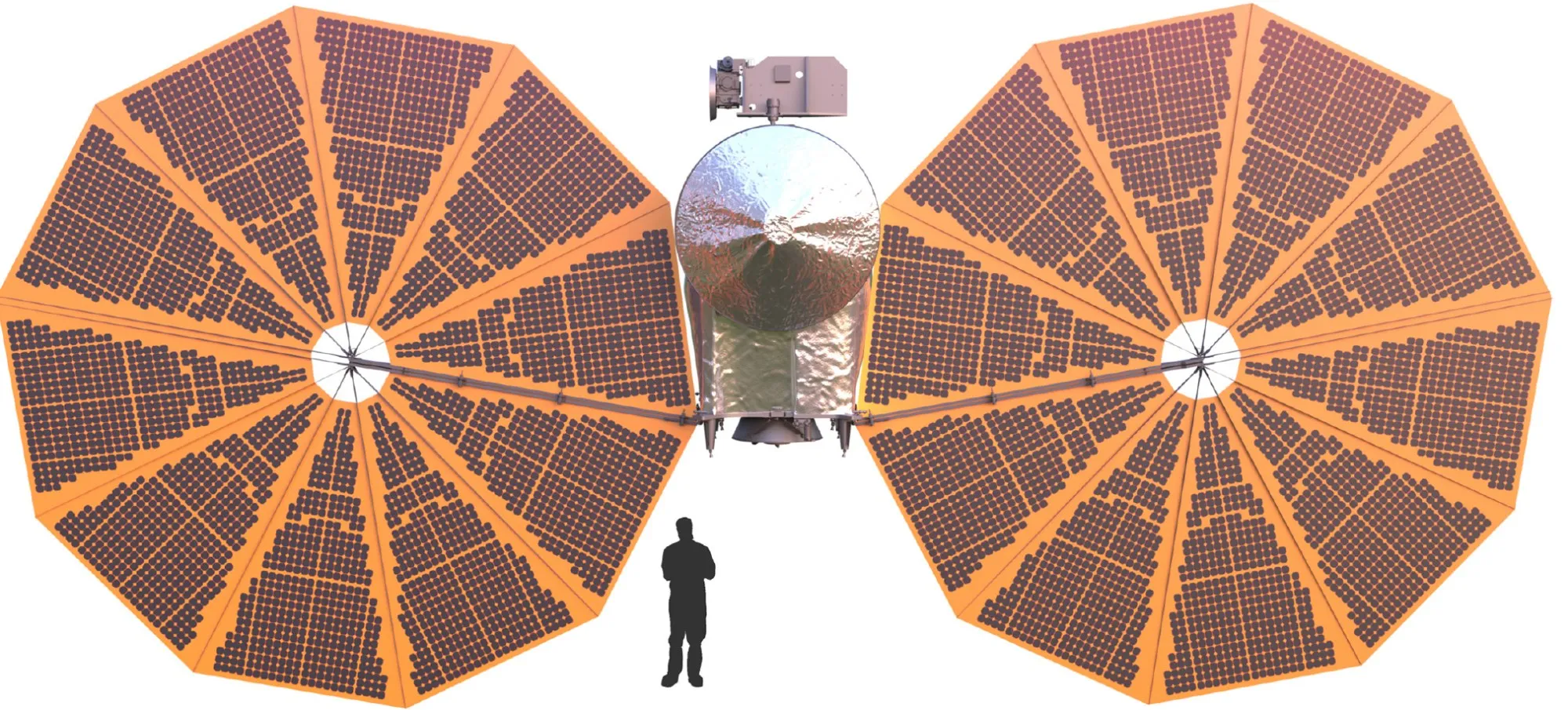Inputs by Alekhya Chavan
What is NASA’s Lucy Spacecraft?
NASA’s Lucy spacecraft is on a special mission to explore asteroids, which are small rocky objects that orbit the Sun. Lucy was launched into space to answer some important questions about our solar system’s history.
According to NASA, “The Lucy mission is named after the fossilized skeleton of an early hominin (pre-human ancestor) that was found in Ethiopia in 1974 and named “Lucy” by the team of paleoanthropologists who discovered it. And just as the Lucy fossil provided unique insights into human evolution, the Lucy mission promises to expand our knowledge of planetary origins.”
The flyby was launched on November 1. The data is being downloaded and processed by scientists now.
This was the first flyby of the mission. The next flyby is planned for 2025.
What did it find?
During a close flyby of an asteroid named “Dinkinesh,” Lucy spotted something rather interesting. It found a second asteroid! This was quite a surprise because scientists weren’t expecting to find two asteroids during this flyby. The second asteroid is called “Selam.” Just like Dinkinesh (Dinkinesh means marvellous in the Amharic language), Selam is floating through space.
But when scientists processed more images of the two asteroids – taken minutes after the first one that showed one asteroid and its satellite asteroid, they found something even more surprising. It was not a satellite, but something called contact binary – two units touching each other and moving in sync.

How Did Lucy Make the Discovery?
Lucy is equipped with some amazing tools, like cameras and sensors. These tools helped Lucy take pictures and gather important data about the asteroids. Scientists back on Earth then studied the information to confirm the existence of Selam.
This mission’s goal is to visit a total of eight asteroids, expanding knowledge of these celestial bodies and their role in the solar system’s evolution. The discovery of Selam is a significant step in advancing our understanding of the cosmos.
Why Is This Discovery Important?
This discovery helps us learn more about the history of our solar system. By studying these asteroids, they can unlock the secrets of how planets like Earth formed a long time ago.
The NASA article about this discovery can be read here.
A brief history of asteroids
The first asteroid to be discovered was named Ceres. It was founded by Italian astronomer Giuseppe Piazzi on January 1, 1801. Ceres is the largest object in the asteroid belt, which is a region of space located between the orbits of Mars and Jupiter. Initially considered a planet, Ceres was later reclassified as an asteroid, and in 2006, it received the designation of a dwarf planet because of its size and other characteristics. It’s a fascinating celestial body and an important part of our understanding of our solar system.
Featured image: The Lucy aircraft – scaled with a person for comparison.

